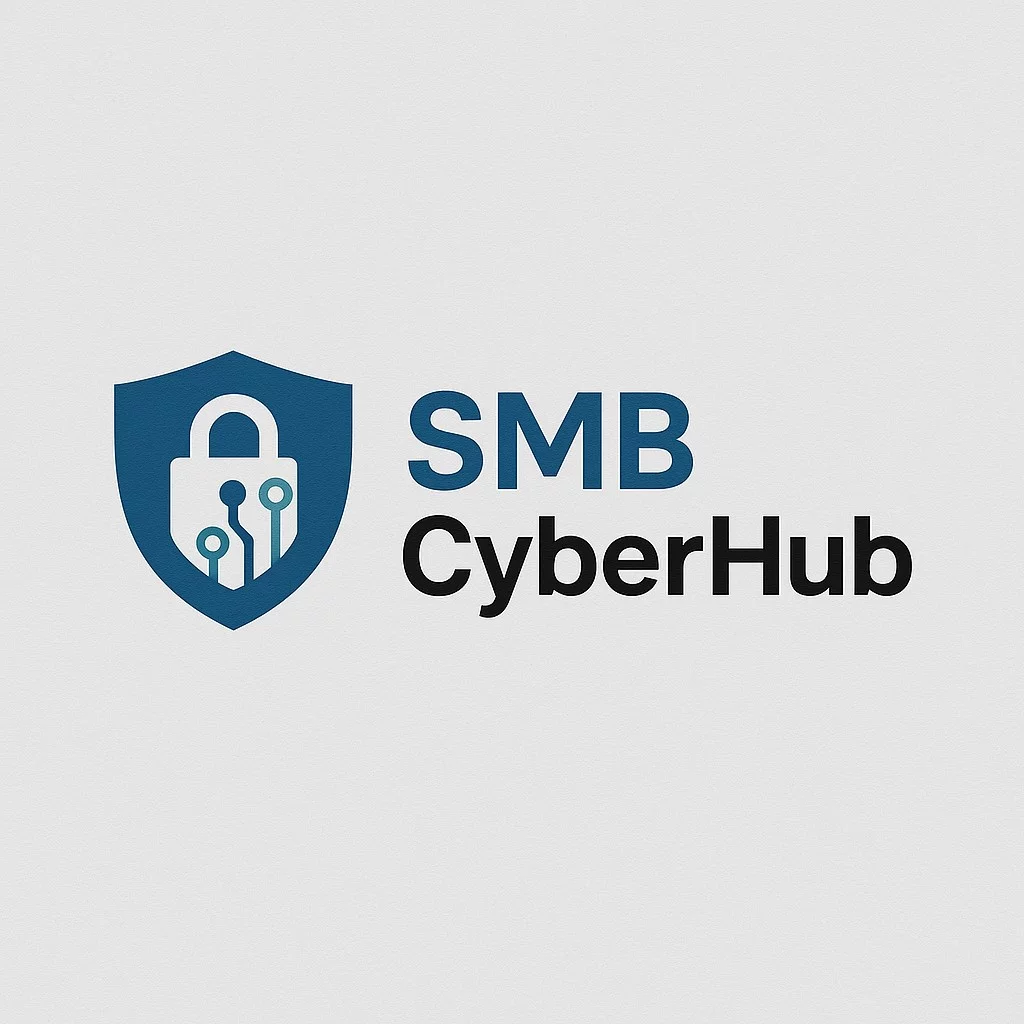MFA Myths Busted: What Multi-Factor Authentication Really Does
13 Apr 2025
Multi-Factor Authentication (MFA) isn’t just a tech buzzword — it’s one of the most effective tools your business can use to stop credential-based attacks.
Here’s what MFA actually does (and doesn’t do), and why every small team should use it.
🧱 What Is MFA, Really?
MFA means you need two or more factors to log in:
- Something you know (your password)
- Something you have (a code or app)
- Something you are (biometric, like Face ID)
If someone steals your password, they still can’t log in — unless they have your second factor.
🧨 Myth 1: “MFA Is Too Complicated for Our Team”
Not true. Modern tools like Google Authenticator or Microsoft Authenticator are user-friendly and take minutes to set up.
Reality: Most staff get used to MFA in a day or two.
🛑 Myth 2: “MFA Isn’t Necessary if You Use Strong Passwords”
Strong passwords help — but attackers can still phish or leak them.
Reality: MFA blocks over 99% of automated attacks, even if the password is known.
💸 Myth 3: “MFA Slows Us Down or Costs Too Much”
Free authenticator apps are available. Many services like Google, Microsoft 365, and Slack already include MFA.
Reality: The cost of a breach is far higher than a few seconds of MFA.
✅ Where You Should Enable MFA
- Email (Gmail, Outlook)
- Cloud file storage (Google Drive, Dropbox)
- Accounting & HR tools (Xero, QuickBooks, Gusto)
- Password managers (1Password, Bitwarden)
“Think of MFA like a deadbolt for your accounts.”
🧠 Make MFA Part of Onboarding
Include MFA setup as a standard task for new employees. SMBCyberHub’s MFA training materials walk you through the process.
🕒 Estimated Reading Time: 4 minutes
🔐 Aligned With: GDPR Article 39.1(b), ISO27001 Clause 7.2.2
